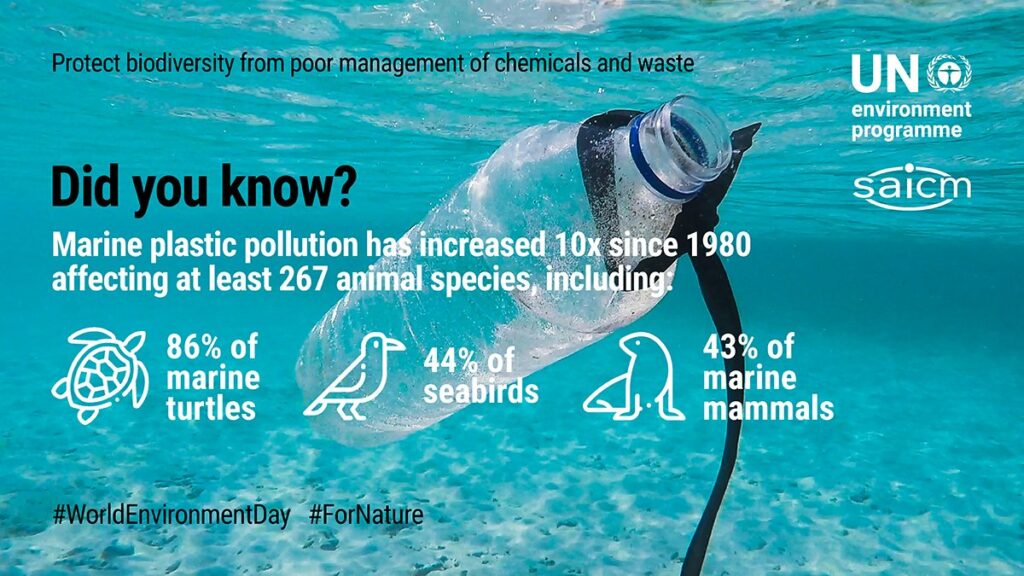
Water Stewardship and Water Use
100% of our sites are now good water stewards, in line with the Alliance for Water Stewardship’s definition. This involves reducing the amount of water we use, improving water quality through minimizing discharges, and working with community and public sector stakeholders to address local water challenges. These plans are developed to reflect the local water basin challenges.
At all GSK sites and key suppliers located in water-stressed regions, we are committed to water neutrality by 2030. This means we go further and take collaborative action to carry out water and sanitation education and infrastructure initiatives across the basin.
Priority Basins for Water Neutrality
- Algeria
- India
- Pakistan
For example, we have partnered with a local NGO, Watershed Organisation Trust (WOTR), in Nashik, India on a water replenishment project designed to improve ecosystem conditions, enhance the climate resilience of local agriculture, and help local villages manage water resources to improve their health and livelihoods.
We are also a founding partner of the Women + Water Collaborative in India, which launched in October 2023, working with the Water Resilience Coalition, an initiative between the UN – Global Compact and the Pacific Institute. This program brings together companies from different sectors to leverage women’s leadership to improve access to clean water and sanitation, ultimately supporting the health of local communities.
SDGs, Targets, and Indicators
-
SDG 6: Clean Water and Sanitation
- Target 6.4: By 2030, substantially increase water-use efficiency across all sectors and ensure sustainable withdrawals and supply of freshwater to address water scarcity.
- Indicator 6.4.1: Change in water-use efficiency over time.
-
SDG 17: Partnerships for the Goals
- Target 17.17: Encourage and promote effective public, public-private, and civil society partnerships, building on the experience and resourcing strategies of partnerships.
- Indicator 17.17.1: Amount of United States dollars committed to public-private and civil society partnerships.
Analysis
1. Which SDGs are addressed or connected to the issues highlighted in the article?
The SDGs addressed in the article are SDG 6: Clean Water and Sanitation and SDG 17: Partnerships for the Goals.
2. What specific targets under those SDGs can be identified based on the article’s content?
The specific target under SDG 6 is Target 6.4: By 2030, substantially increase water-use efficiency across all sectors and ensure sustainable withdrawals and supply of freshwater to address water scarcity.
The specific target under SDG 17 is Target 17.17: Encourage and promote effective public, public-private, and civil society partnerships, building on the experience and resourcing strategies of partnerships.
3. Are there any indicators mentioned or implied in the article that can be used to measure progress towards the identified targets?
The article mentions two indicators that can be used to measure progress towards the identified targets:
- Indicator 6.4.1: Change in water-use efficiency over time.
- Indicator 17.17.1: Amount of United States dollars committed to public-private and civil society partnerships.
SDGs, Targets, and Indicators
| SDGs | Targets | Indicators |
|---|---|---|
| SDG 6: Clean Water and Sanitation | Target 6.4: By 2030, substantially increase water-use efficiency across all sectors and ensure sustainable withdrawals and supply of freshwater to address water scarcity. | Indicator 6.4.1: Change in water-use efficiency over time. |
| SDG 17: Partnerships for the Goals | Target 17.17: Encourage and promote effective public, public-private, and civil society partnerships, building on the experience and resourcing strategies of partnerships. | Indicator 17.17.1: Amount of United States dollars committed to public-private and civil society partnerships. |
Source: gsk.com







